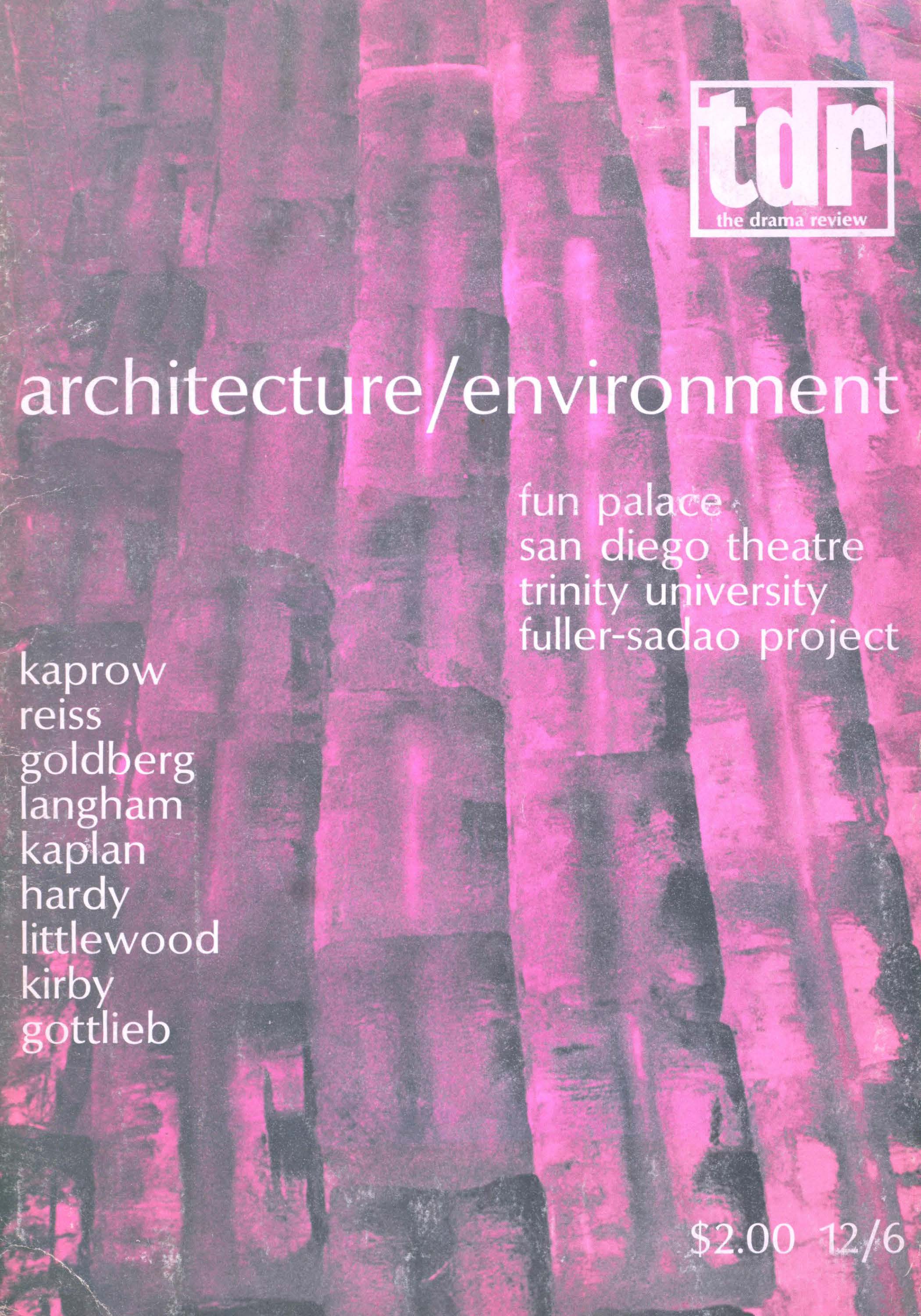Article contents
Indigenous African Theatre
Published online by Cambridge University Press: 07 December 2021
Extract
It is true, as Ruth Finnegan has observed, that “with a few possible exceptions, there is no tradition in Africa of artistic performances which includes all the elements which might be demanded in a strict definition of drama—or at least not with the emphases to which we are accustomed (Finnegan, 516).” Drama in the accepted sense of the term, as a situational interaction expressed in dialog between characters, is found in a number of rudimentary forms, in simple comedies, and in puppet plays. However, several African performance modes that verge upon drama may be considered as types or aspects of theatre. To be sure, a concept of theatre might well include dance and almost anything “dramatic” done before an audience. But since there is little sense in applying the term indiscriminately, as certain studies of African theatre have tended to do, it would seem best to focus on what might be called theatre only in its relationship to the concept and definition of drama.
- Type
- Indigenous Theatre
- Information
- Copyright
- Copyright © 1974 The Drama Review
References
List of Works Cited
- 5
- Cited by


